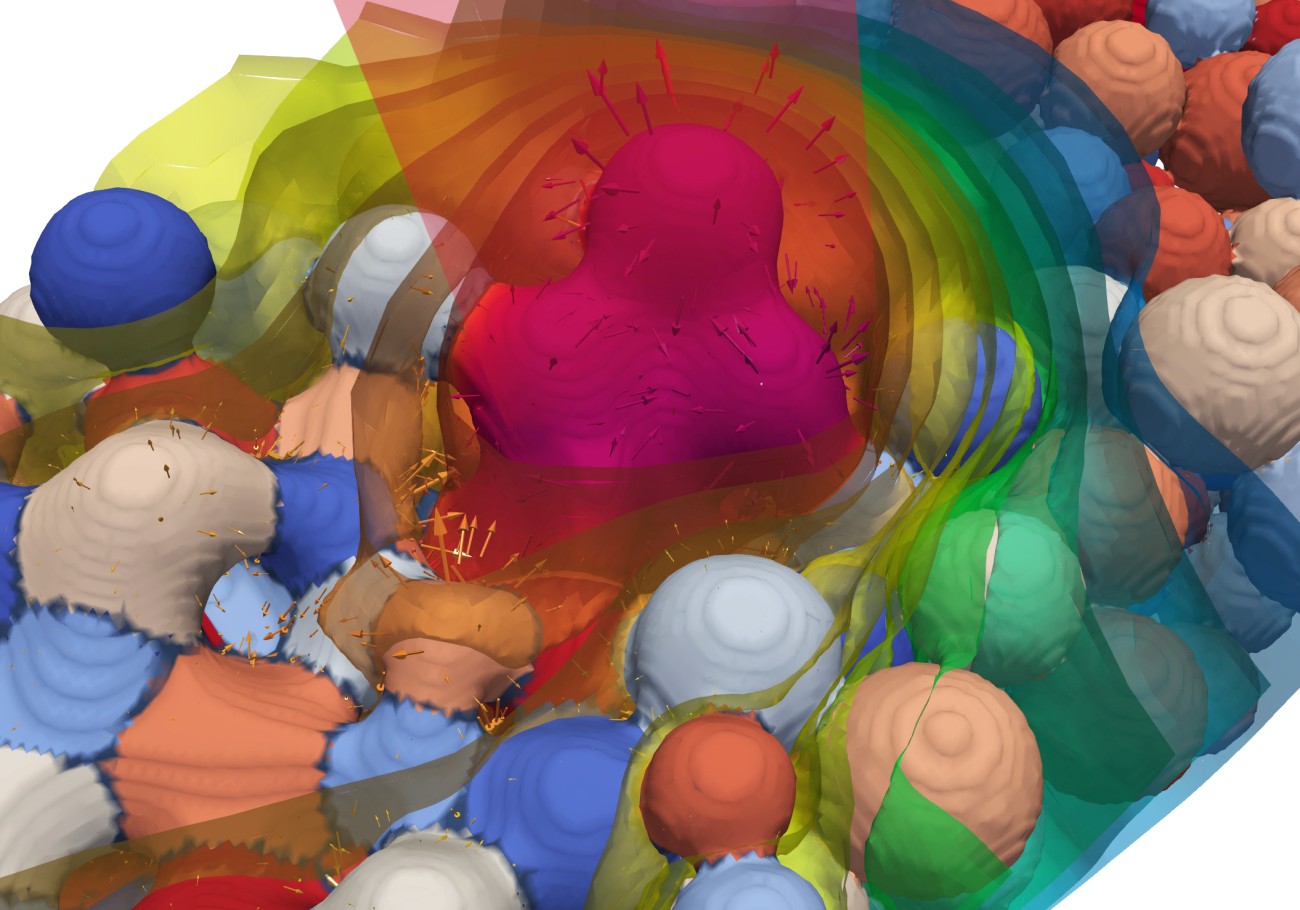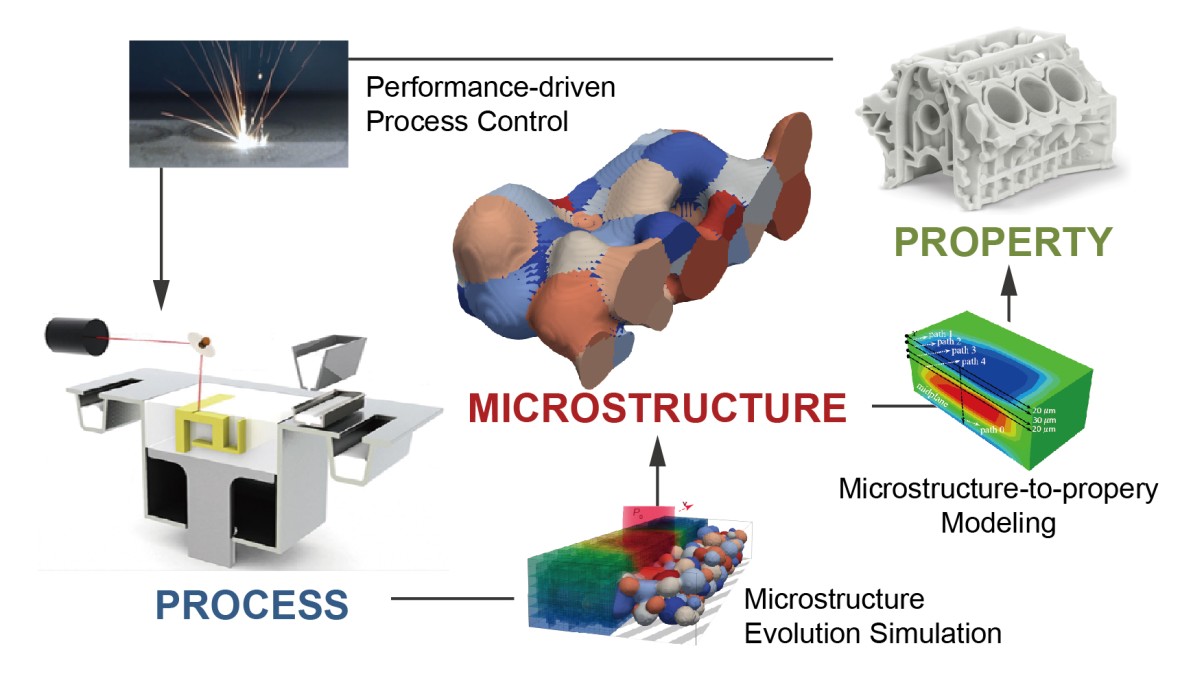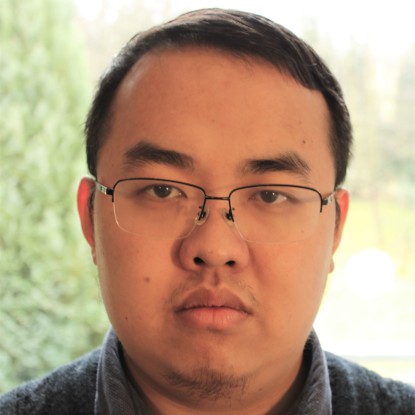Objective
This research area aims to enrich the modeling and computational toolkit which is practicable for the simulation of advanced processing methods, and thereby provide transferable insights into the “Process-Microstructure-Property ” relations.
Methods
- Finite Element/Discrete Element Methods
- Non-equilibrium Thermodynamic Analysis
- Algorithm Investigations










